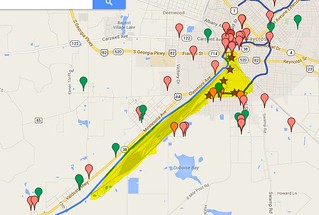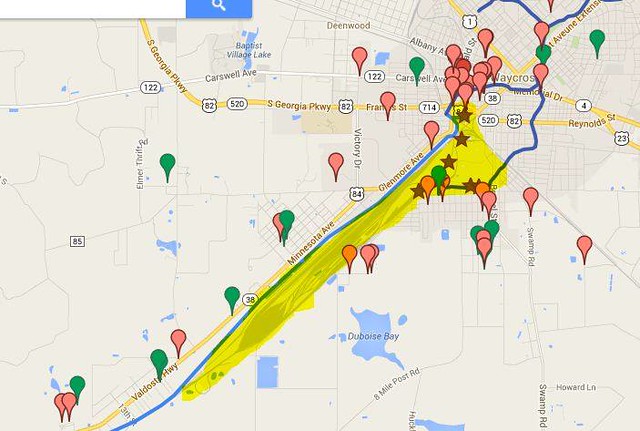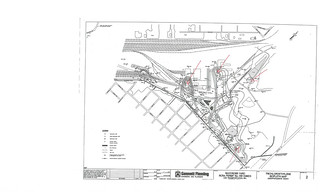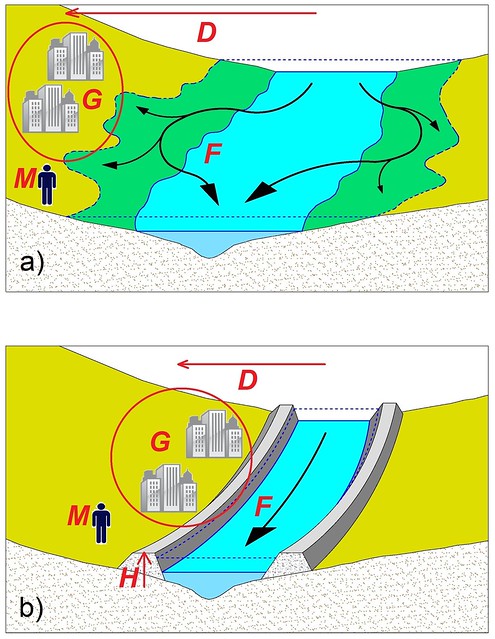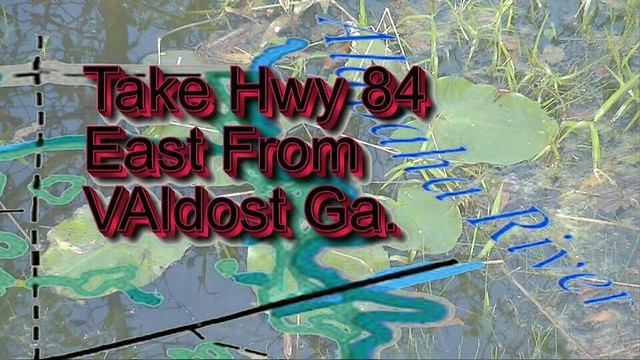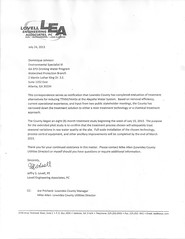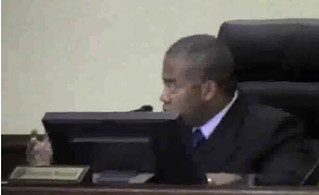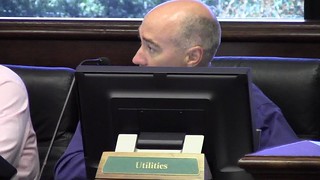 These are the fourteen items he promised
two weeks ago at the SpectraBusters panel at VSU:
Sabal Trail will be expected to adhere and honor all Lowndes County Ordinances –Bill E Slaughter, JR to FERC, 10 April 2014.
I thank Chairman Slaughter for making that statement to FERC.
These are the fourteen items he promised
two weeks ago at the SpectraBusters panel at VSU:
Sabal Trail will be expected to adhere and honor all Lowndes County Ordinances –Bill E Slaughter, JR to FERC, 10 April 2014.
I thank Chairman Slaughter for making that statement to FERC.
Despite his apparent refusal to speak on behalf of all the citizens of the county after the 24 February 2014 Commission meeting, he did actually say his ecomment to FERC was “on the behalf of the Commission and Citizens of Lowndes County”, and that he expects Sabal Trail to follow all Lowndes County ordinances, plus Continue reading
